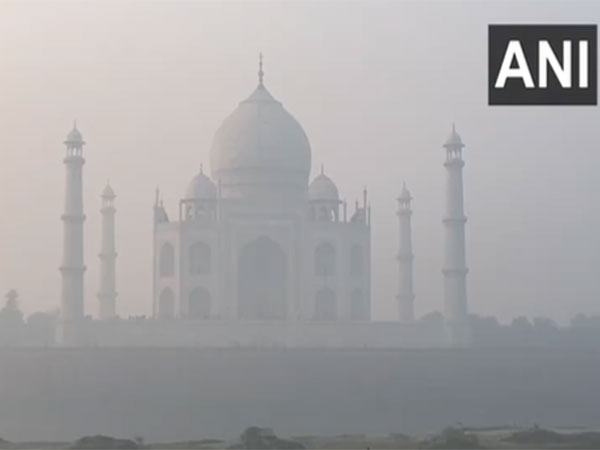Taj Mahal Shrouded in Haze Amid Rising Pollution Levels
The iconic Taj Mahal was enveloped in haze as Agra experienced moderate pollution levels, with an AQI of 190. Visitors expressed concerns over visibility and the rising industrial and vehicular activities contributing to pollution. Similar conditions affected Aligarh, while stubble burning was discouraged nationwide to curb pollution.

- Country:
- India
On Sunday, the iconic Taj Mahal in Agra, Uttar Pradesh, found itself enveloped in a thick layer of haze as pollution levels climbed. The Manoharpur area recorded an Air Quality Index (AQI) of 190, categorized as 'moderate,' while the Shahjahan garden area showed an AQI of 113 by 9 AM. The average AQI for Agra on October 26 stood at 106, also classified as 'moderate.'
An AQI between 0-50 is considered good, 51-100 satisfactory, 101-200 moderate, 201-300 poor, 301-400 very poor, and 401-500 severe. A visitor noted that the situation worsened due to increasing industrial areas and traffic. "I'm visiting to see the sunrise, but smog makes it difficult," a visitor told ANI.
Similarly, Aligarh city was swathed in dense haze. The Yamuna River in Delhi had thick toxic sludge in the Kalindi Kunj area. The UNESCO world heritage site, Taj Mahal, frequently hosts state guests, including Maldives President Mohamed Muizzu and his wife in early October. Amid rising pollution, the Health Ministry urged measures against stubble burning and recommended minimizing exposure via public transport.
(With inputs from agencies.)










